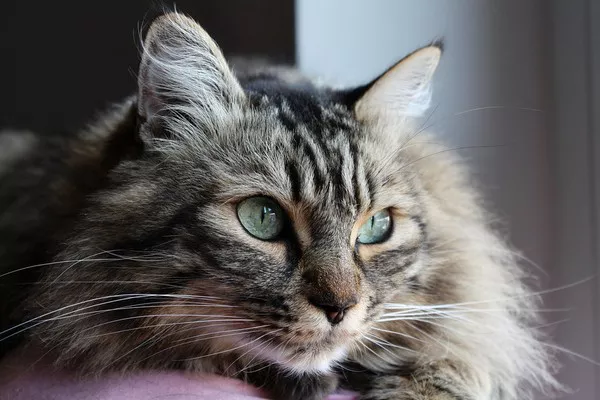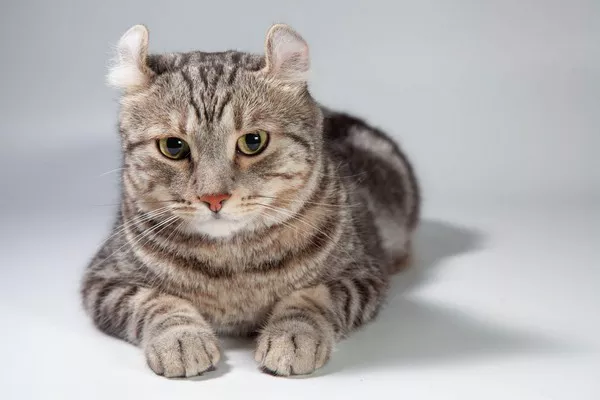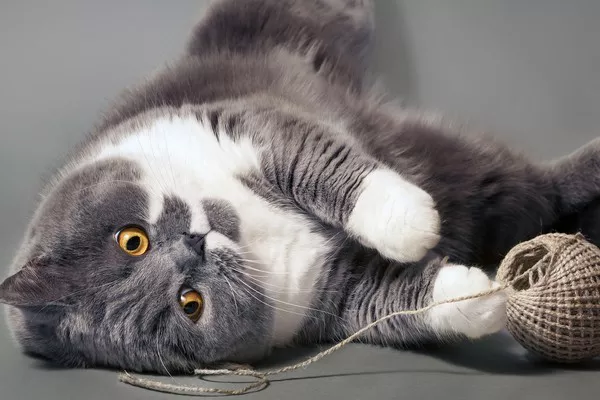The Norwegian Forest Cat, known for its majestic appearance and captivating personality, has been a beloved feline companion for centuries. Hailing from the rugged landscapes of Norway, these cats possess a thick double coat that helps them survive in harsh climates. While Norwegian Forest Cats come in a variety of coat colors and patterns, there is one hue that stands out as the most common. In this article, we explore the fascinating world of the Norwegian Forest Cat’s coat colors, with a particular focus on the most prevalent coloration found in this magnificent breed.
1. A Glimpse into the Norwegian Forest Cat’s Origins
Before diving into the world of coat colors, let us briefly delve into the origins of the Norwegian Forest Cat. This ancient breed is believed to have existed for thousands of years and has been an integral part of Norwegian folklore and mythology. Their dense, water-resistant coat and tufted ears are well-adapted for surviving the cold, harsh winters of their native land.
Historically, Norwegian Forest Cats were used on farms and ships to control vermin populations. They were highly prized for their hunting skills and robust nature, making them valuable assets to Norwegian households and sailors alike. In the late 20th century, these cats gained international recognition and admiration, leading to their popularity as pets around the world.
2. A Rainbow of Colors: Norwegian Forest Cat Coat Varieties
The Norwegian Forest Cat’s coat comes in an array of colors and patterns, each contributing to their allure and charm. Some of the most common coat colors include:
White: A pristine and elegant hue, white Norwegian Forest Cats are a sight to behold. Some may have subtle markings, but overall, their snow-white coat sets them apart from the rest.
Black: Deep and rich, black Norwegian Forest Cats exude an air of mystery and grace. Their glossy black coats are often complemented by striking amber or green eyes.
Blue: A dilute form of black, blue Norwegian Forest Cats boast a soft, bluish-gray coat that lends them an ethereal appearance. Their eyes may be various shades of green.
Red (Ginger/Orange): These fiery felines possess coats ranging from light ginger to deep reddish-orange. Often adorned with tabby patterns, red Norwegian Forest Cats exude warmth and charisma.
Cream: A delicate and pale hue, cream Norwegian Forest Cats are known for their soft, peach-colored coats. They may exhibit subtle tabby markings or be solid in color.
Brown: The wild essence of the Norwegian Forest Cat shines through in those with rich brown coats. Often featuring distinct tabby markings, these cats have a connection to their ancestors who once roamed the Norwegian forests.
Silver: Silver-coated Norwegian Forest Cats boast a shimmering, silvery-white base with darker tipping on the fur. This creates an eye-catching contrast that mesmerizes all who lay eyes on them.
Golden: Glowing like rays of sunshine, golden Norwegian Forest Cats have a warm and inviting hue that radiates energy and charm.
Tortoiseshell: Also known as “torties,” these cats display a blend of black and red (or cream) in a unique, patchy pattern. Tortoiseshell Norwegian Forest Cats are typically females, as the tortoiseshell pattern is linked to the X chromosome.
3. The Reign of the Tabby: The Most Common Color for Norwegian Forest Cats
Among the wide spectrum of coat colors, the tabby pattern stands tall as the most common coloration in Norwegian Forest Cats. The tabby pattern is a distinctive combination of stripes, swirls, and dots that adorns the coat in a mesmerizing tapestry of elegance. It is essential to note that the tabby pattern can occur in various colors, including brown, black, blue, red, cream, silver, and golden.
The most recognizable type of tabby pattern is the classic or “blotched” tabby, characterized by bold, swirling patterns that resemble marble-like swirls. Another common tabby pattern is the mackerel or “striped” tabby, where thin, parallel stripes run down the cat’s body, giving the appearance of tiger-like stripes.
4. The Genetics of Coat Colors: Unraveling the Mystery
The inheritance of coat colors in Norwegian Forest Cats follows a complex genetic system. Multiple genes determine the color and pattern of the cat’s coat, making each feline’s appearance unique and individual. The agouti gene, which controls the distribution of pigment in the fur, plays a significant role in determining whether a cat will have a tabby pattern or a solid color coat.
Additionally, other genes influence the intensity and expression of colors, leading to variations within each coat color category. For example, the dilution gene can cause a black coat to appear as a soft blue-gray (blue), and the presence of the white spotting gene can lead to distinct markings and patches on an otherwise solid-colored cat.
5. Grooming the Norwegian Forest Cat’s Luscious Coat
The Norwegian Forest Cat’s thick, water-resistant coat requires regular grooming to keep it in top condition. During the shedding seasons, typically spring and fall, these cats may require more frequent grooming to remove loose fur and prevent matting.
Grooming not only keeps their coat looking pristine but also helps reduce hairballs and matting, ensuring the cat’s overall comfort and well-being. Regular brushing also provides an excellent opportunity for bonding with your Norwegian Forest Cat, as they often enjoy the attention and pampering.
Conclusion
The Norwegian Forest Cat is a remarkable breed with a diverse range of coat colors, patterns, and unique personalities. While their coats come in a myriad of captivating hues, the tabby pattern, with its intricate stripes and swirls, reigns as the most common and recognizable coloration in this majestic feline.
Whether adorned in a classic brown tabby pattern or showcasing the striking contrast of a silver tabby, Norwegian Forest Cats are a testament to the beauty and diversity found within the world of feline genetics. Whether you are captivated by their striking looks or charmed by their affectionate nature, these cats continue to capture the hearts of cat lovers worldwide, making them cherished companions in homes around the globe.


























